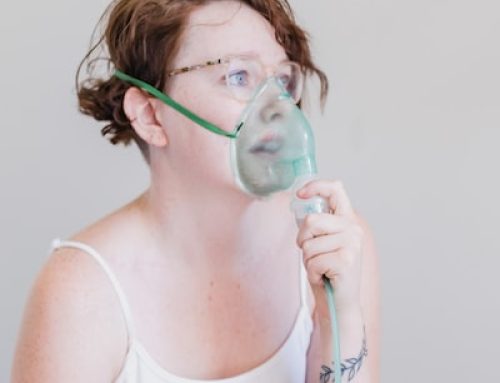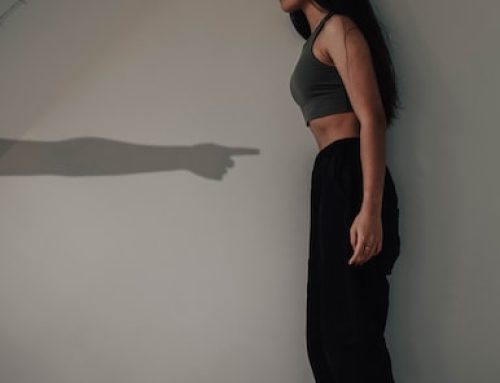Everyone knows about doing yoga to increase flexibility, balance, and strength, but what about doing yoga to reduce anxiety and/or depression? In her book Yoga for Emotional Balance, Bo Forbes, PsyD, discusses how with as little as fifteen to thirty minutes of twice-weekly breathing exercises and Restorative Yoga, people’s thinking can become less emotionally reactive. She tells us that Restorative Yoga originated in India in the twentieth century with B.K.S. Iyengar and his daughter Geeta. It emphasizes mental and emotional strength and flexibility.
Certainly, knowledge is important in understanding the causes of our emotional difficulties, but it is a practice that is the most important element in cultivating emotional balance. Healing requires regular, continuous, and specific practices that build over time. Change requires new embodied experiences that differ from our customary anxious or depressed ones. Forbes Magazine suggests getting a baseline of our breathing before we begin the practices she describes, as well as baselines of our anxiety and our depression. She suggests the practice of gradually extending our exhalations so that we reach the point where they are twice as long as our inhalations (1:2) breathing. She describes five building blocks for lasting healing. The first is balancing our nervous system. Restorative Yoga postures keep the head at or below the level of the heart to reduce heart rate and blood pressure. The second building block is regulating the breath with slow and deep breathing to increase the circulation of oxygen to the brain, muscles, and other tissues. The 1:2 breathing stimulates the parasympathetic branch of the autonomic nervous system which quiets the body down. The third way to change emotional patterns is to cultivate a direct experience of the present moment and of your body. Focusing on a yoga posture interrupts one’s preoccupation with the past or future. The fourth way is keeping still in the postures of Restorative Yoga. This gives the mind little to focus on which can initially lead to the mind leaping from one topic to another. However, continuing with the practice on a regular basis leads to a gradual stilling of the mind. The fifth way to change emotional patterns is to observe, and eventually shift, the way we filter our direct experience. It allows you to observe your intense emotional reactions and negative thought patterns while you’re in a state of deep relaxation. In the second half of the book, Forbes suggests specific Restorative Yoga poses for people who are primarily anxious, primarily depressed, or have a combination of the two. The anxiety-relieving poses are forward-bending (face-down) restorative poses to ground, calm, and soothe a person. The poses for reducing depression involved back-bending (face up) restorative poses to open, energize, and uplift your body. If your mind is sluggish, she recommends using 1:1 breathing whereas 1:2 breathing is great if your mind is anxious. Do yourself a favor and check out this peaceful way of gaining control over your emotional life.
If you would like to learn more about how to achieve relaxation, call Specialized Therapy Associates at 201-488-6678.





